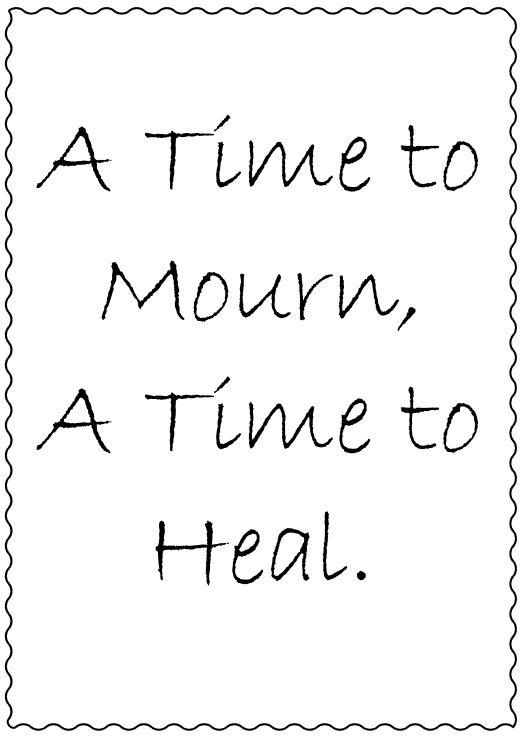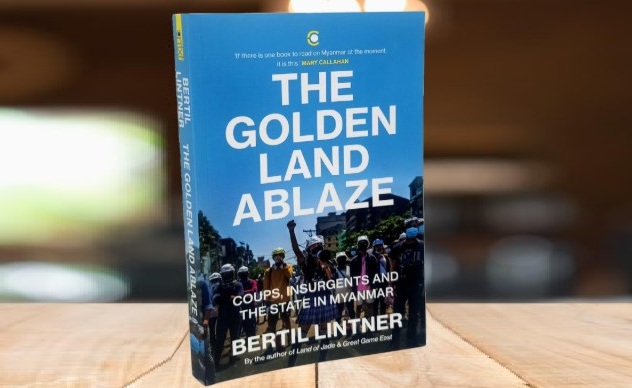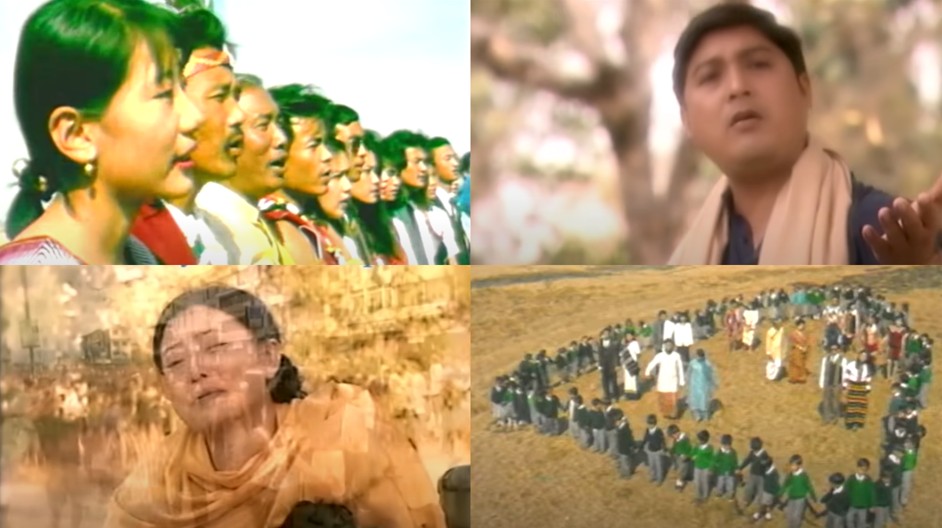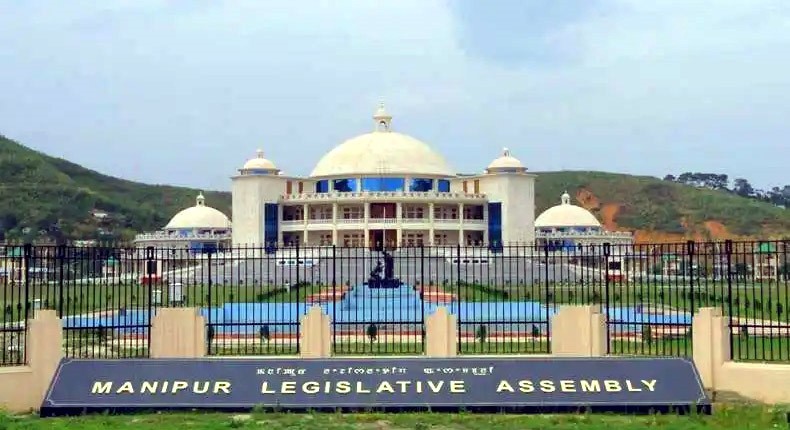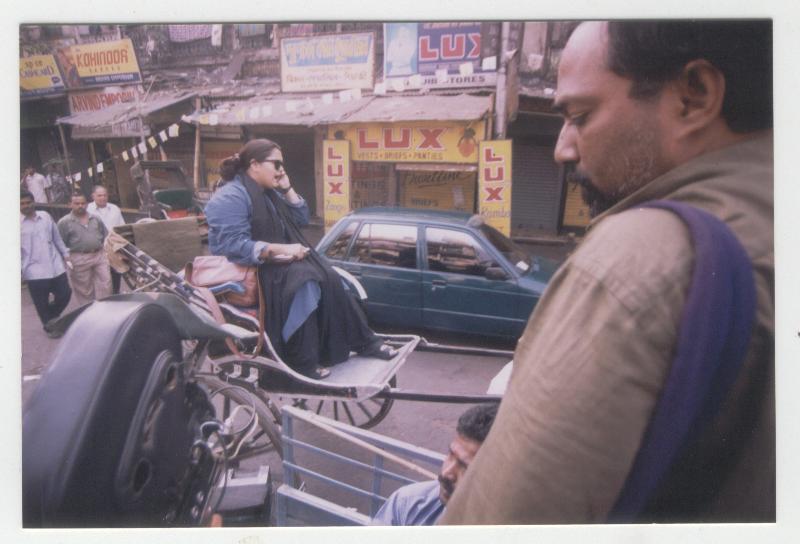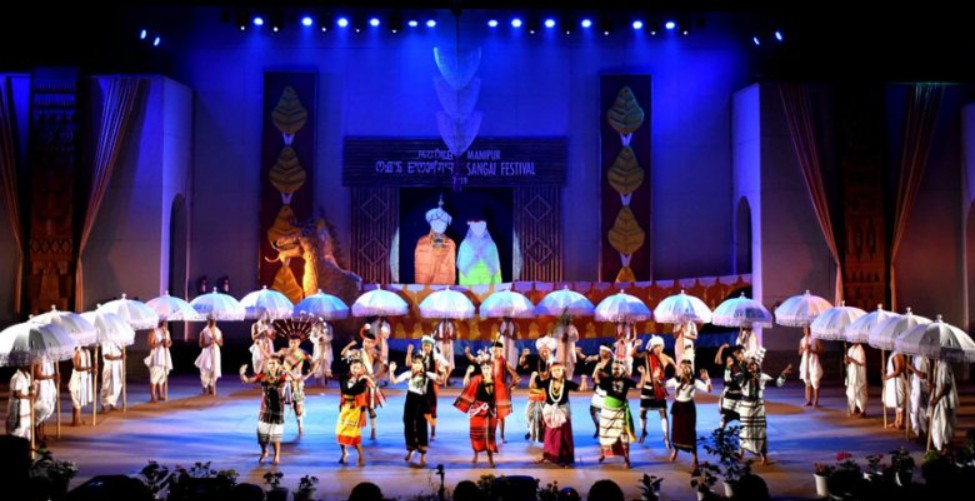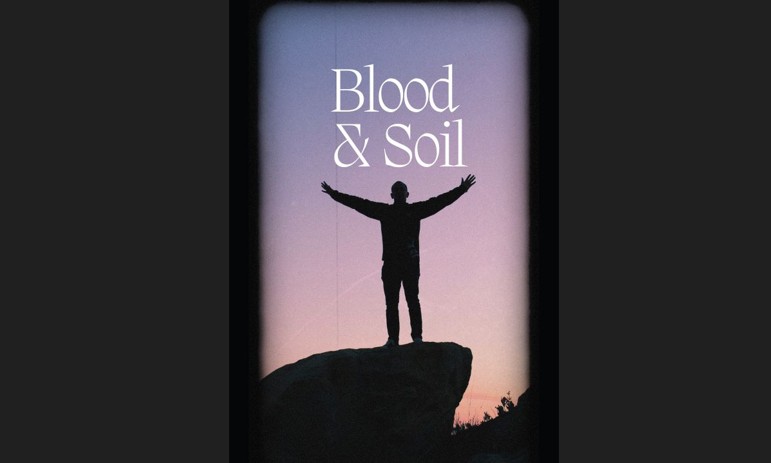Book Name: Golden Land Ablaze: Coups, Insurgents and the State in Myanmar
Author: Bertil Lintner
Publisher: Context an Imprint of Westland Books 2025
“The Golden Land Ablaze” by veteran journalist, author, and scholar, Bertil Lintner, is above all, extremely timely. When the world is left at a loss trying to understand the anarchy in Myanmar ever since General Min Aung Hliang’s February 1, 2021 military coup, this book provides vital clues on who is fighting who and for what, in Myanmar’s complex ethnic mosaic where one ethnic group is not necessarily the natural ally of any other.
The conflict equation is certainly not linear. It is not just the junta against those supporting the ousted elected government. What is demonstrated is the multilayered fault lines in the country acquiring prominence as the grip of the central government weakens. The book hence shows why there is little to be surprised by the present turmoil, for conditions for it were always latently embedded in the Myanmar’s postcolonial history.
Lintner points out the cyclic nature of these periodic explosions of public discontent against military rule, starting from the country’s first coup by General Ne Win in 1962, to the 1988 military crackdown on pro-democracy movement, and then the present anarchy. He confesses a déjà vu feeling, concluding from the vantage of the doctrine of ‘realism’, that despite reverses in the country’s peripheries, the military will probably hold out, driving the country’s unresolved conflicts back into latency.
The book is in six chapters. ‘The Coup’, describes the structure of political institutions in the country and their fragility in the backdrop of the deep divisions between its many ethnic groups, and between these ethnic groups as a whole and the majority Bamar in the central Irrawaddy valley, the cradle of the pre-colonial Burmese civilisational state.
‘The Military’ profiles the birth of Myanmar’s modern army, and how it carries a legacy of the country’s anticolonial resistance movement. It continues to iconise and emulate three famous warrior kings of the erstwhile Burmese kingdom – Anawrahta, Bayinnaung and Alaumpaya – all known for their imperial ambitions and brutal subjugation of conquered populations. Lintner attributes Myanmar’s political troubles primarily to the military’s lust for power, unlike other authors who also see public insecurity and their unarticulated inherent wish for strongman politics as a cause for the military’s ascendency in political sphere.
‘The Ethnic Jigsaw’ shows how deep the ethnic divisions within the country is, and how these divisions, often bitter, extends even within each state, none of which is mono-ethnic as their names suggest. It also sketches the failed reconciliation efforts of the past.
‘The China Factor’ profiles China’s deep strategic and economic interest in Myanmar. It begins from Cold War era when Mao Zedong led Communist revolution took over China, and several army divisions of nationalists China’s, Kuomintang, KMT, retreated into Myanmar and set up base in its northern hills without Myanmar’s consent. In the friction that resulted, Lintner, unlike several other authors, does seem a little soft on the role of the Americans who supported the KMT initially but did a volta face to befriend Mao’s China after a rift developed between China and the USSR.
Lintner does highlight another interesting feature. China was “exporting” Communism and armed the Communist Party of Burma, CPB, the first armed resistance against independent Burma’s government. However, CPB found its recruits mostly amongst ethnic communities with a history of grudge against the Burmese state. When the CPB ultimately faded, the Communist ideology too evaporated, leaving its members to assume their new avatars as ethnic armies.
‘The Politician’ is interesting for its concise biography of Aung San Suu Kyi. ‘Myanmar Today – and Tomorrow’, speculates on the tragedy of Myanmar and its uncertain road ahead.
This review was first published in The Telegraph. The original can be read HERE


